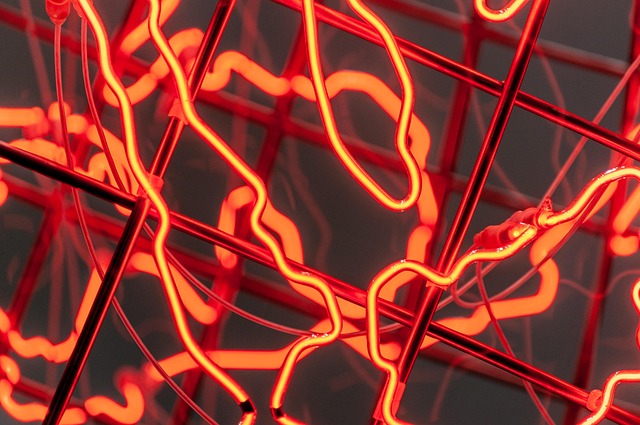Pier and beam foundations offer versatility for varied soil conditions, enabling adaptable floor plan designs while enhancing structural stability. Installation requires meticulous preparation, load testing, concrete piers, and beam support secured with metal connectors. Environmental factors and load considerations can lead to instability if initial installation is incorrect or inadequate. Proper material selection, deep pier placement, and precise alignment are crucial for long-term stability. Regular maintenance involves checking for rot, addressing moisture issues, proper drainage, and vertical alignment adjustments to prevent structural damage. Choosing a qualified contractor with experience in Pier Installation ensures expert handling for structural integrity and safety.
Pier and beam foundations are a common structural support system, especially in older homes. Understanding how these structures work is crucial when addressing repair needs. This article provides an in-depth guide to pier and beam repairs, covering everything from identifying common issues caused by factors like soil settlement or pest infestation, to the step-by-step process of installing new piers. We’ll explore the materials used, budgeting tips, and long-term maintenance strategies for ensuring your home’s structural integrity through effective pier installation techniques.
Understanding Pier and Beam Foundations: A Basic Overview
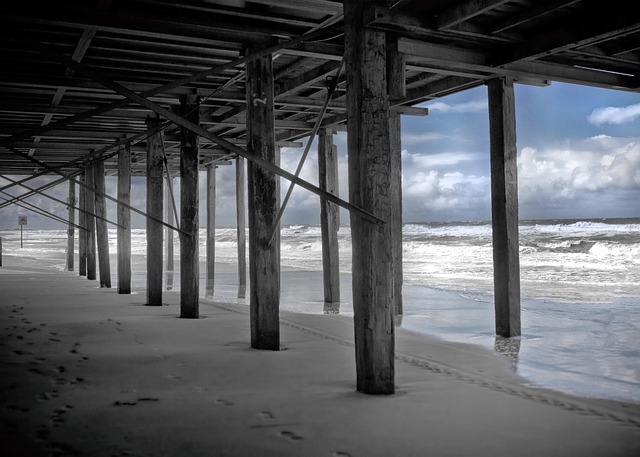
Pier and beam foundations, also known as post-and-beam systems, are a common structural support technique for homes, particularly in areas with varying soil conditions or where there’s a need for flexible and adaptable construction. This method involves setting concrete piers (or posts) at regular intervals below the building’s footing, which then support beams that carry the weight of the structure. The design allows for flexibility in terms of floor plans and can accommodate changes over time.
Pier installation is a precise process that requires careful planning and execution. It begins with site preparation, including soil testing to determine load-bearing capacity. Concrete piers are then cast in place or poured and left to cure. Once strong enough, these piers support the weight of the building, often connecting to beams via metal connectors or brackets. This setup ensures a sturdy and stable foundation, especially in regions prone to seismic activity or high water tables.
Common Causes of Pier Damage and Structural Issues
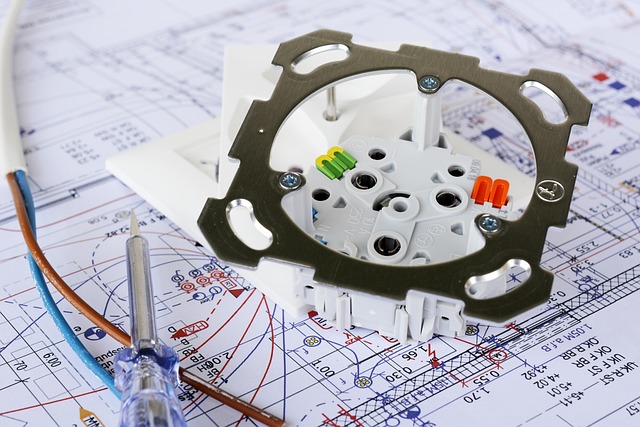
Pier damage and structural issues often arise from various factors, especially in regions prone to seismic activity or heavy rainfall. One of the primary causes is poor initial installation. During Pier Installation, inadequate foundation depth, improper spacing, or incorrect alignment can lead to long-term instability. For instance, if piers are not driven deep enough into the soil, they may settle at different rates due to changes in ground conditions, causing structural misalignment.
Another common culprit is environmental stress. Repeated cycles of wetting and drying, particularly in coastal areas or regions with high humidity, can weaken wood piers over time. Termite infestation is also a significant concern, as these pests can cause extensive damage, compromising the integrity of the entire structure. Additionally, heavy loads placed on piers from above, such as additional flooring or structural additions, can exacerbate existing issues or introduce new problems if not managed properly.
The Process of Pier Installation: Step-by-Step Guide
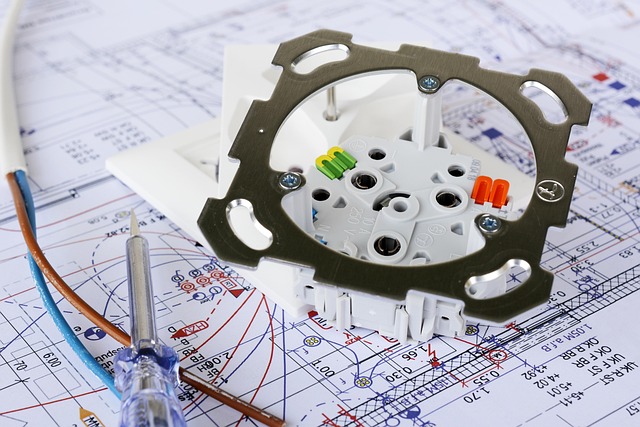
Pier installation is a crucial step in pier and beam structural repair, providing stability and support to your home’s foundation. The process involves several precise steps to ensure the new pier is aligned correctly and securely anchored into the soil. Here’s a step-by-step guide:
1. Assessment and Planning: Begin by thoroughly inspecting the existing piers and beams to identify damage or wear. Determine the location for the new pier, considering factors like soil composition and load bearing capacity. Gather necessary tools and materials, including steel piers, concrete, rebar, and a backhoe (for excavation).
2. Excavation: Dig a hole at the chosen location, ensuring it’s deep enough to support the pier length. Remove any debris or loose soil from the pit. This step is critical as it creates a stable foundation for the new pier. Next, insert the steel pier into the hole, checking its alignment and levelness with a spirit level. Make adjustments as needed before proceeding.
Materials Used in Pier and Beam Repair: What to Expect

When it comes to pier and beam structural repair, the materials used play a crucial role in ensuring long-lasting results. Typically, professionals opt for high-quality lumber or steel beams for replacement or reinforcement. For piers, concrete is a common choice due to its strength and durability. This robust material forms the foundation of stable support, especially when dealing with uneven ground or heavy loads.
In some cases, modern solutions like engineered wood products or steel I-beams might be employed, offering alternative options for specialized repair needs. The selection process depends on factors such as local building codes, architectural design, and the extent of damage. Using the right materials guarantees a strong and safe structure, ensuring peace of mind for homeowners and safety for any future renovations or additions.
How to Choose the Right Contractor for Your Repair Project
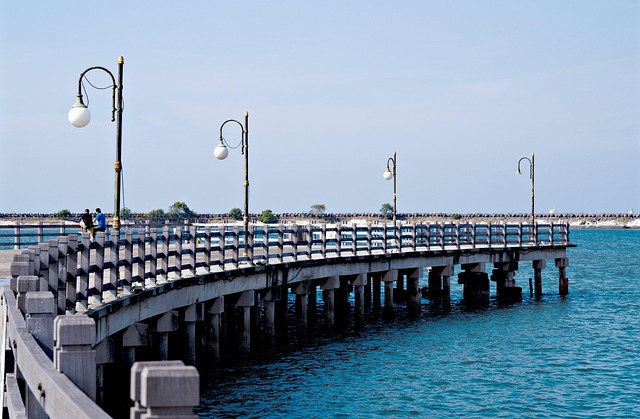
Choosing the right contractor is a crucial step in any pier and beam structural repair project. Begin by researching local companies with experience in pier installation and similar repairs. Check their credentials, licenses, and insurance to ensure they meet industry standards and can provide quality work. Online reviews from previous clients are also invaluable; they offer insights into the contractor’s professionalism, reliability, and the quality of their workmanship.
When evaluating candidates, consider their expertise in specific areas relevant to your repair needs. Some contractors specialize in certain types of pier damage or have advanced training in modern repair techniques. Compare their quotes carefully, considering not only cost but also the scope of work, materials used, and warranty information. Selecting a contractor with a proven track record and strong references will ensure your project is handled expertly, leading to a sturdy and safe structure long-term.
Cost Considerations: Budgeting for Pier and Beam Restoration
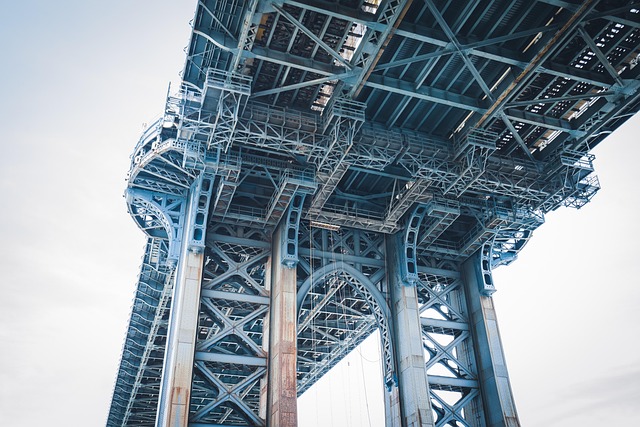
Pier and beam restoration is a specialized process that requires skilled professionals, high-quality materials, and precise techniques. When considering the cost of repair, it’s crucial to understand the factors influencing the overall budget. The price can vary greatly depending on the extent of damage, the size of the structure, and the type of material used for replacement or reinforcement.
Budgeting for Pier Installation involves a detailed assessment of each pier, beam, and connecting components. Restoring a historical or older building may require more intricate work and specialized materials, driving up costs. It’s essential to obtain multiple quotes from reputable contractors to ensure you’re getting a fair price and understanding the scope of work involved in the restoration process.
Long-Term Maintenance Tips for Optimal Structural Integrity

To ensure optimal structural integrity over the long term, regular maintenance is key for pier and beam structures. One of the most important aspects is checking for any signs of rot or damage to the wooden components, especially in areas exposed to moisture. Regular inspections can help identify issues early, preventing small problems from escalating into costly repairs.
Additionally, maintaining proper drainage around the foundation is crucial. Ensuring water doesn’t pool near the structure helps prevent erosion and keeps the beams and piers dry. Consider applying a waterproof barrier to the exterior walls as well, which can shield against moisture intrusion. Regular cleaning of debris from gutters and downspouts also ensures effective water flow, preventing damage caused by rainwater buildup. For structures with pier installations, regular assessment and adjustment of the vertical alignment is essential to maintain even weight distribution and prevent uneven settling.
